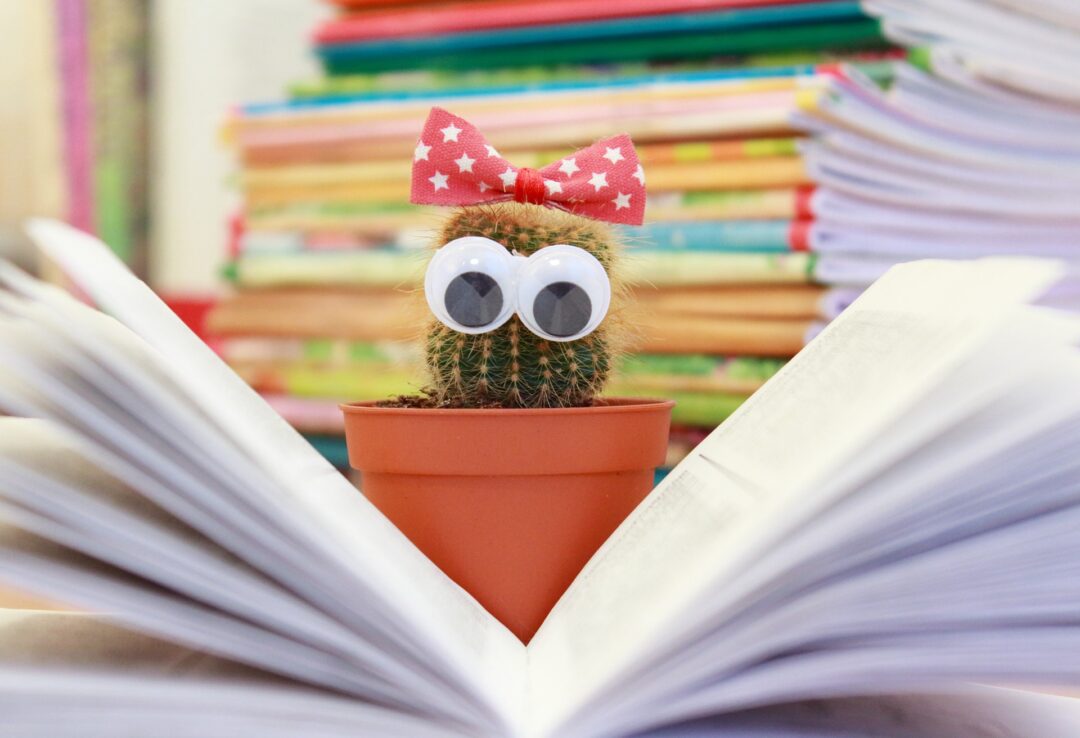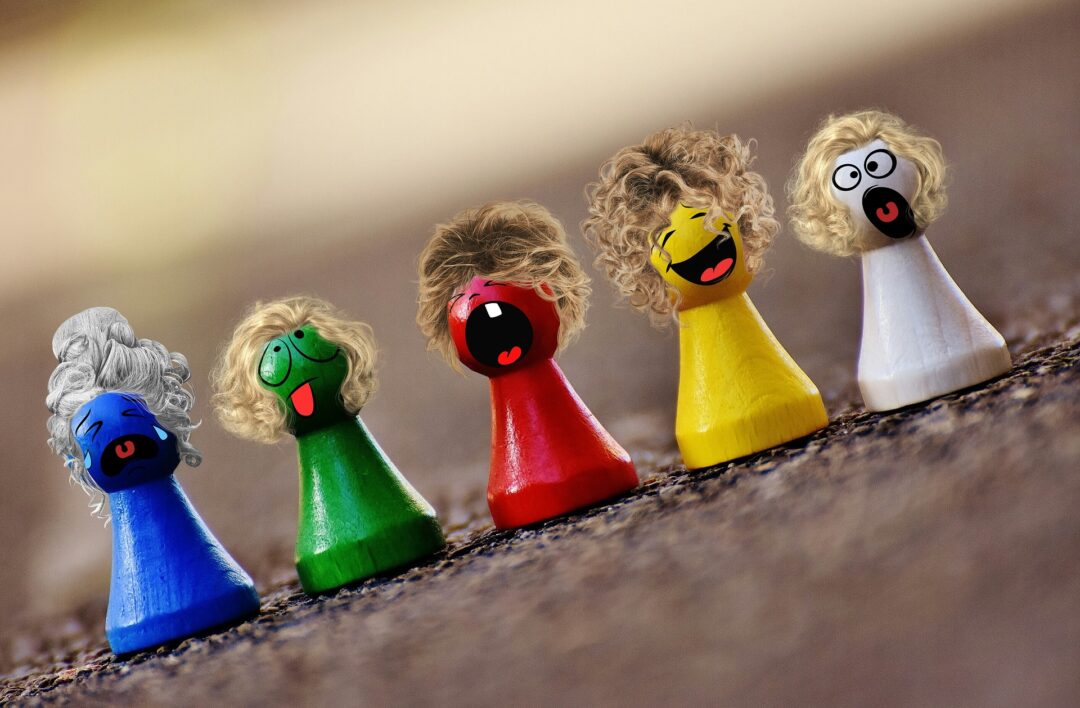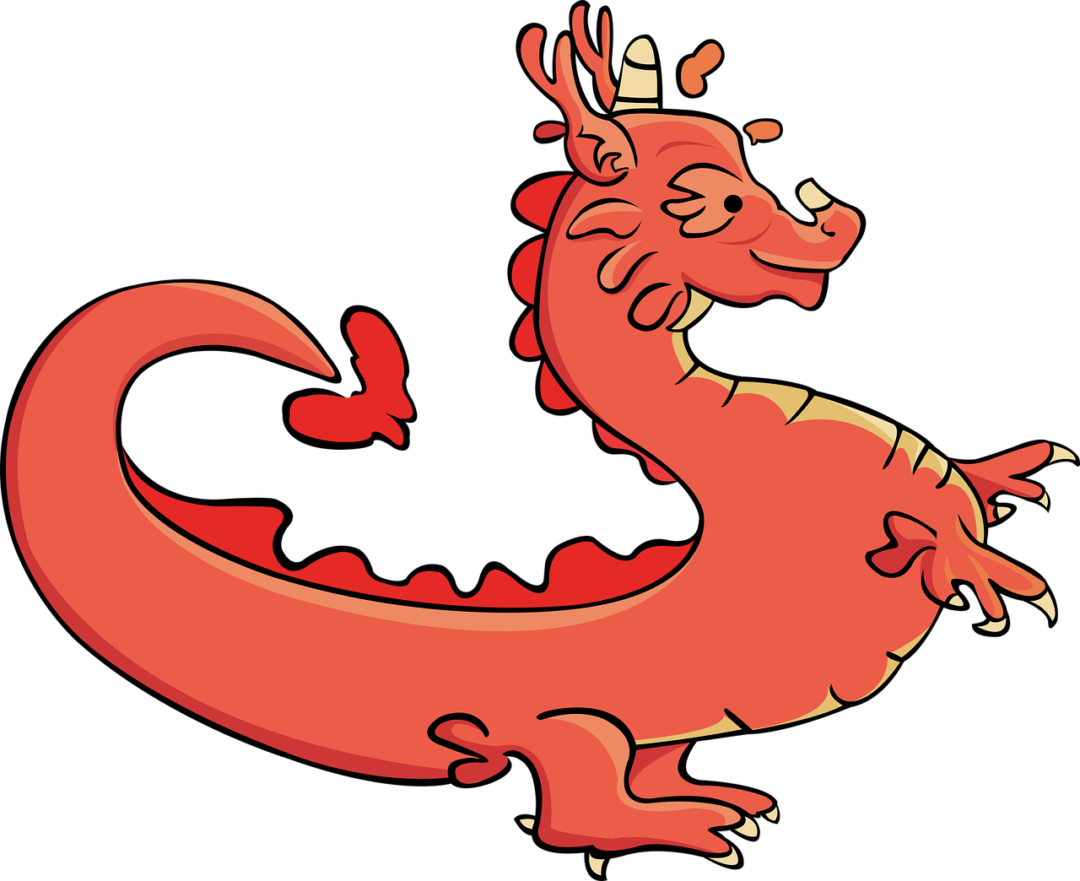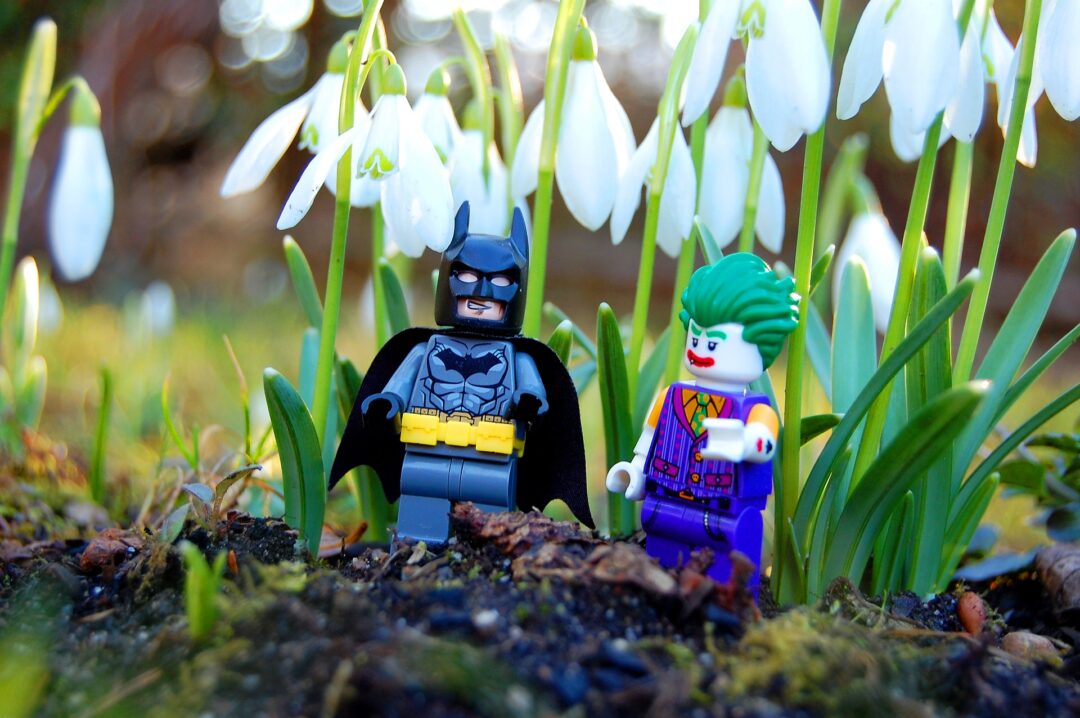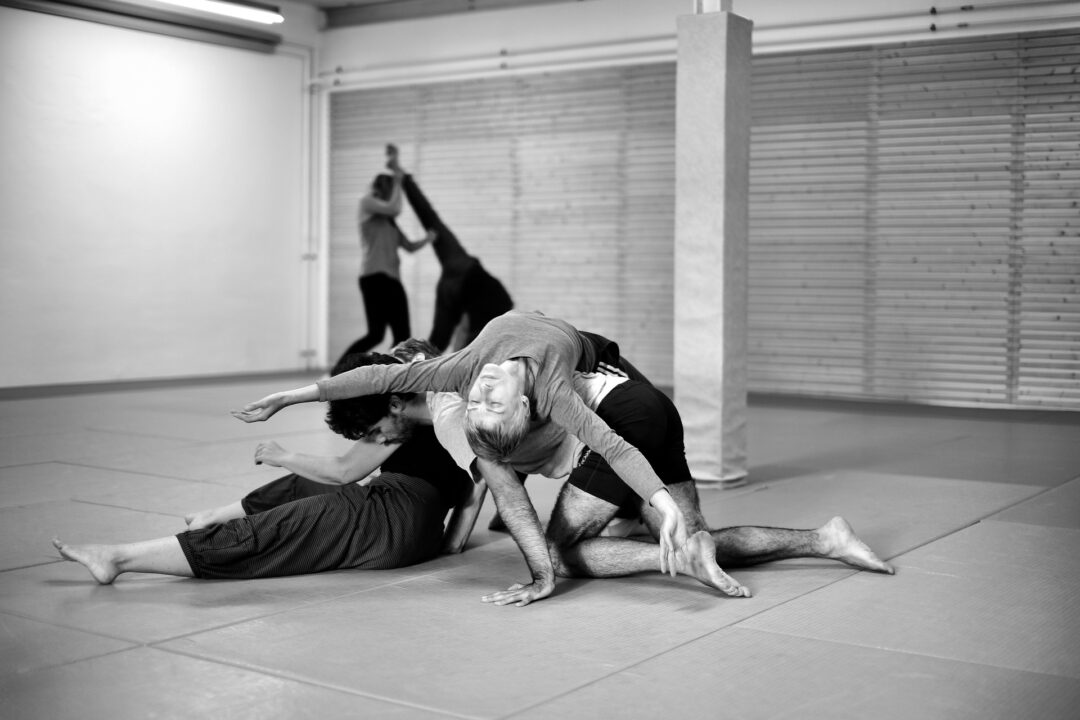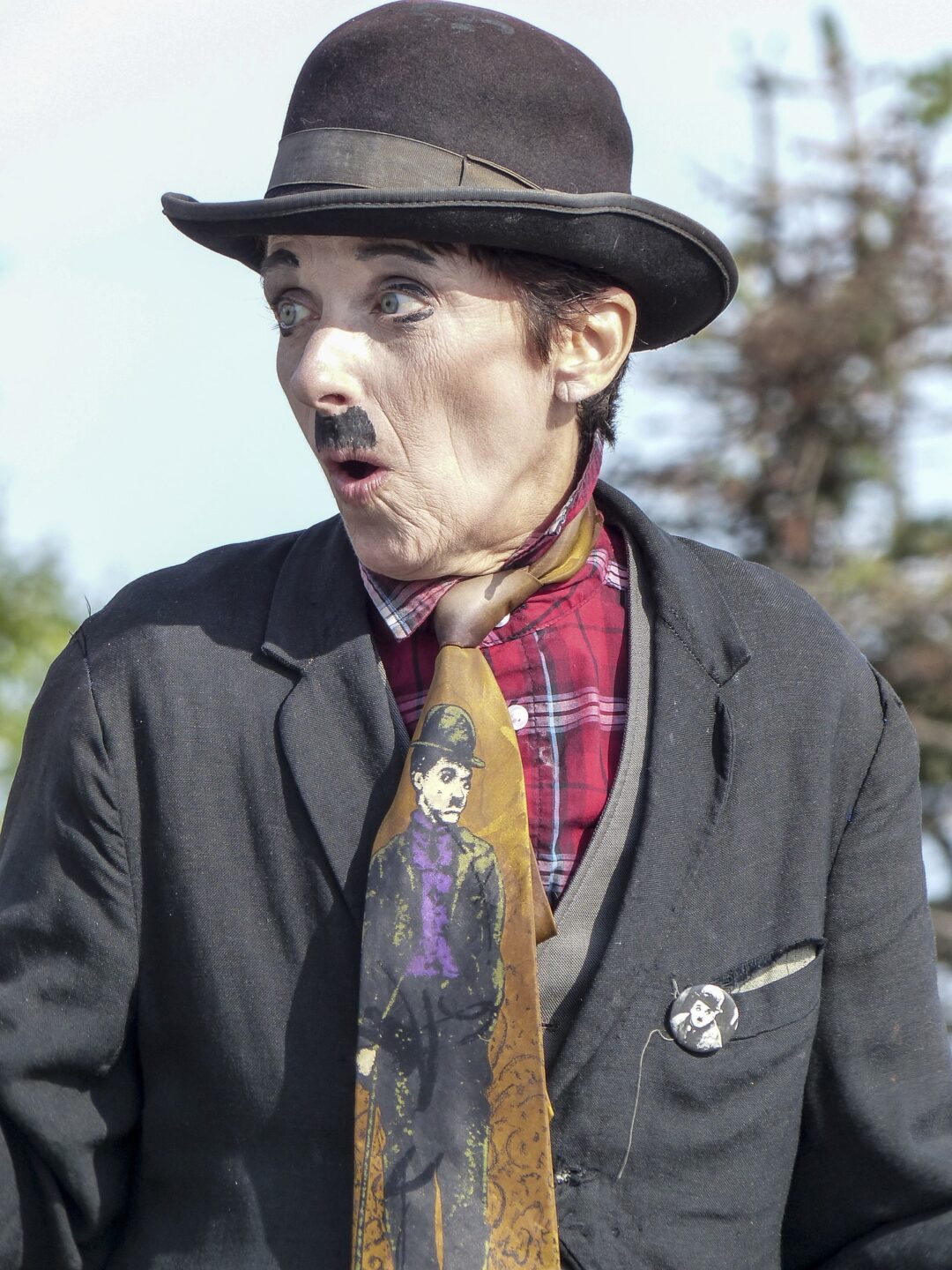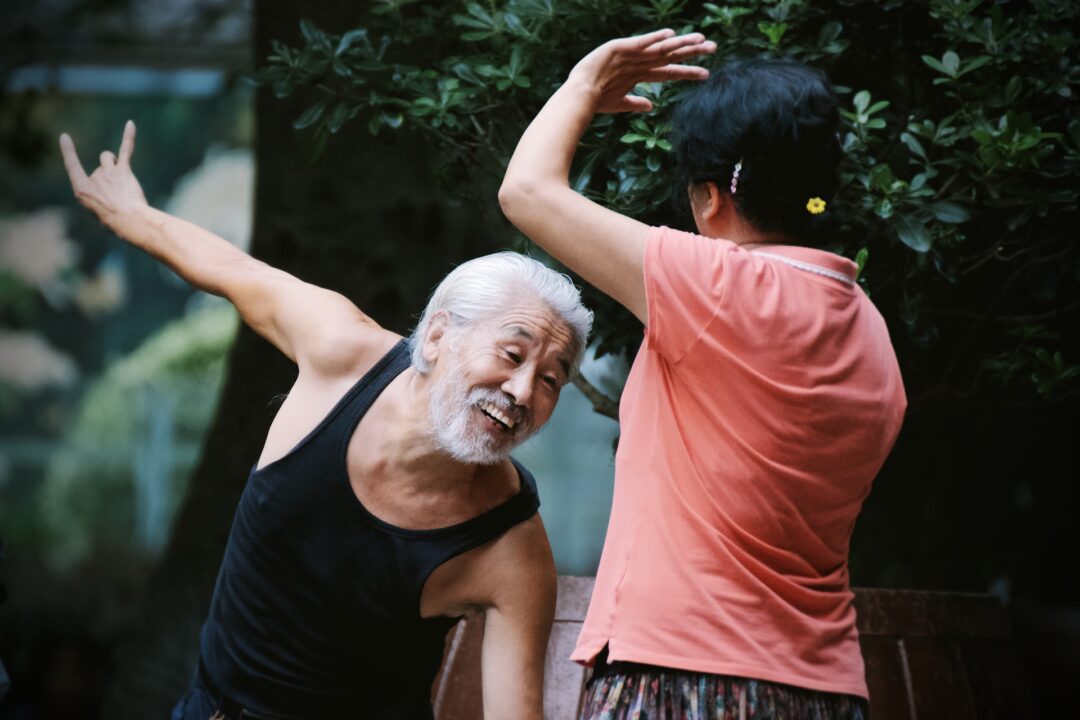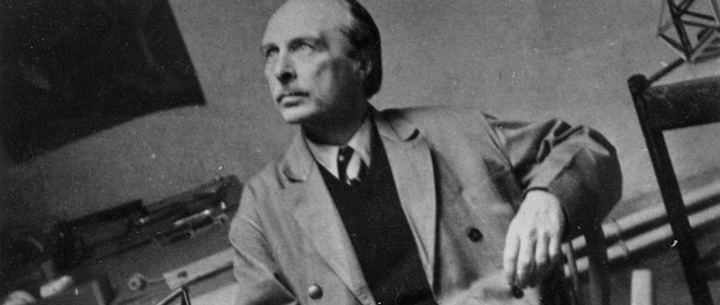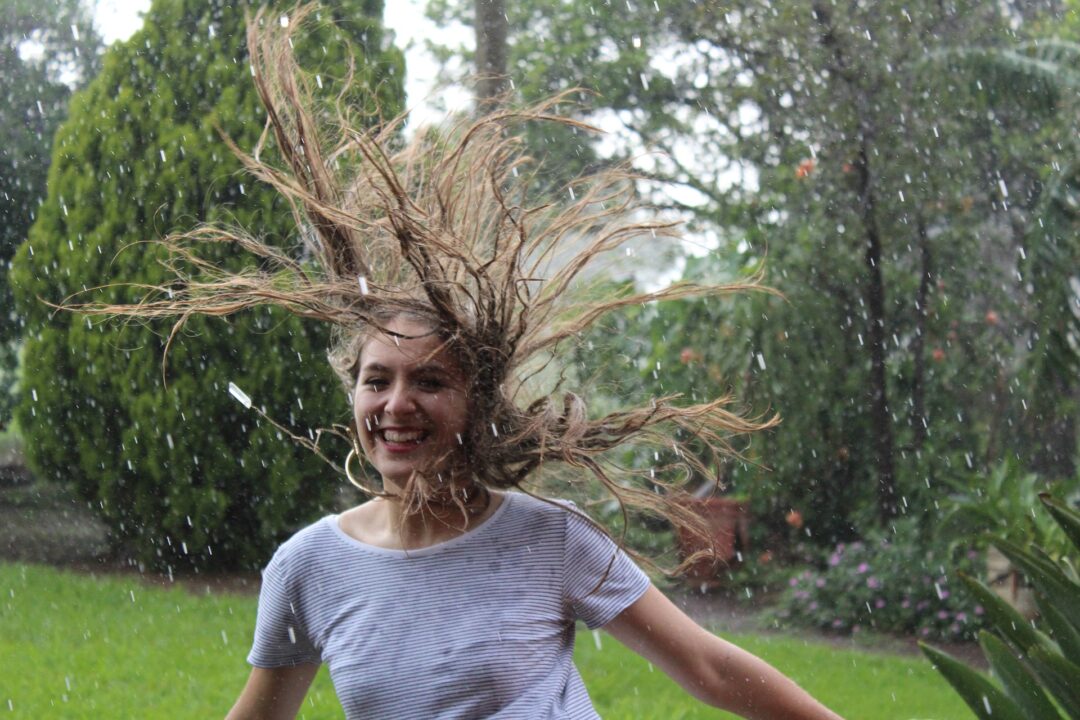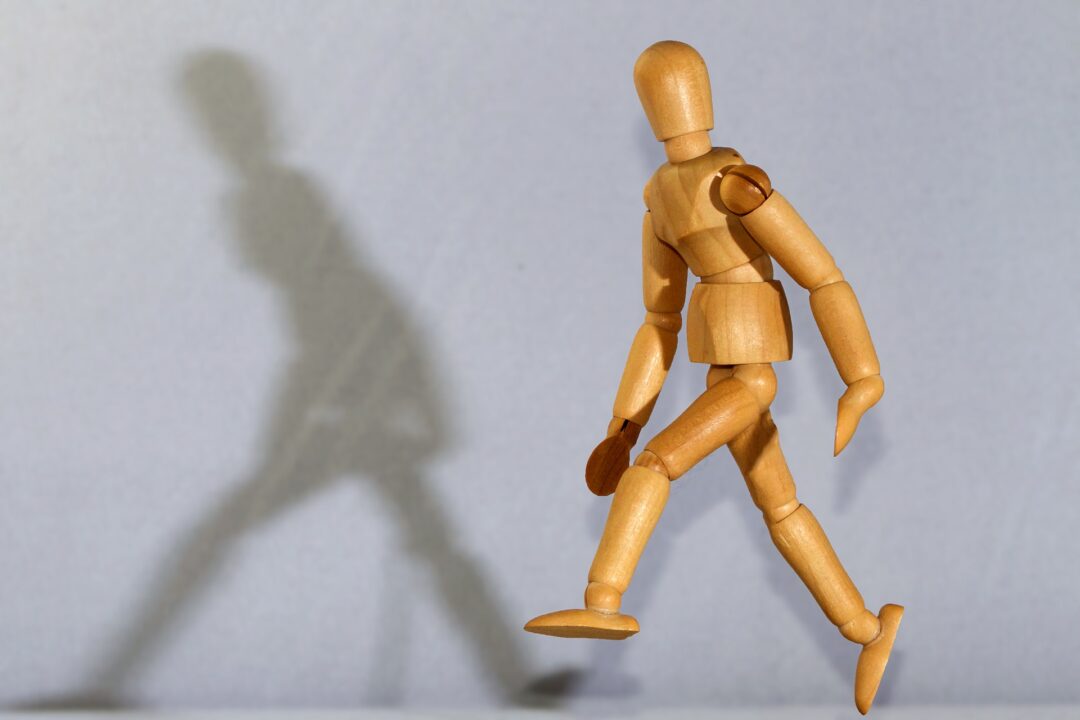8 movement efforts for detailed movement signatures
Hey.
You’re ready to take your character movement work to the next level, yes?
Awesome!
What I’ve got for you in this post is more movement tools to give your characters that extra boost.
And, to feel great about the work you’re doing.
Because, honestly, that’s a huge chunk of movement work, for me, at least.
Constructing a character that is physically different from myself just adds to the joy of acting.
Now, the movement work I’ve got for ya is via the movement work of Rudolf Laban, a choreographer, dancer, teacher, and developer of the dance notation called Labanotation.
I’d recommend checking out my post covering the broader strokes of Labanotation to give you a strong foundation of his key building blocks before moving ahead here.
Ready to continue?
Brilliant!
Welcome to the next layer.
What are Laban’s 8 efforts?
As we move, we move with different qualities. We walk heavily or lightly, move quickly or slowly.
To help build a character movement signature (a way that a character moves as their default), we need to break down these different qualities.
These 8 efforts, or as Laban also called them the ‘Efforts of Action Drive,’ are ways movement is expressed when we, well, move.
These efforts are called: trusting, slashing, gliding, floating, wringing, pressing, dabbing and flicking.
As explained in my previous Labanotation post, these 8 efforts work alongside his bigger building blocks of flow, weight, time, and space.
The 8 efforts, focus on switching up direct vs indirect movements.
With me so far? Great!
Then get ready to try some stuff! To do the movement thing and give the examples/exercises a try (because that’s the best way to learn movement is to leap on in and give it a go.)
Let’s keep diving in!
Laban effort opposites: thrusting/slashing
Right, so a thrusting movement is described as being, sudden, strong and direct.
Imagine this: say you’re eating a meal and you’re done with your plate. You want to clear the space in front of you by using a thrusting action, to get the plate out of your way. Move that plate in a way that is sudden, strong, and DIRECT.
How does that feel to move in such a way?
Take note of it, log away how you feel and what kind of character may employ this kind of movement.
Now, the opposite of thrusting is slashing.
Slashing is sudden, strong and indirect movement.
Back to the plate idea. You’ve eaten again and done with your plate. This time, get the plate out of your way with a slashing movement. Sudden, strong and INDIRECT.
How does that feel different from thrusting?
Could you use both of these for the same character depending on the moment?
Or, does one or the other fit well into a character’s movement signature, whose baseline is more sustained and light? Either of these movements would have a greater impact, right?
Laban effort opposites: gliding/floating
Onto gliding and floating.
Gliding is a sustained movement that is light and direct. I like to think of an airplane or a skater because the movements have a goal, there’s a desination.
So, you’re walking down the street, rather, you’re gliding down the street. Sustained, light, and DIRECT. You have a purpose, somewhere to get. But keep your movement sustained and light.
Take note of how this feels.
Now, floating is also sustained and light, but it is indirect instead of direct. I like to think of examples like boats and balloons.
Again, you’re walking down the street, floating this time. Sustained, light and INDIRECT. You’ll get to where you’re going eventually.
Feel any different from gliding?
How could you use this in a character movement signature?
Laban effort opposites: wringing/pressing
Firstly, I have to say that wringing is an intense character movement choice.
You can always choose the scale you want these movements to be at, but just a heads up, this one can take a lot out of you and takes a lot to sustain. Use caution, and remember to take care of yourself!
Wringing is a sustained movement that’s strong and indirect.
Think of a knot in your stomach. Even if it’s a small knot, it can radically alter the rest of your movements. Wringing basically is initiating a knot and then having that sensation spread.
So, again, with caution, give this a try: imagine there is a knot of pain somewhere in your body. It’s twisting up inside you, and it’s migrating. It’s radiating, sustained, strong and INDIRECT.
Let that go and take a deep breath. I’d recommend doing a quick body scan to check how your body reacts to a wringing quality.
Like wringing, pressing can be a little taxing, though I’d say less than writing, in my experience.
Pressing is a sustained movement that is strong and direct. It’s really all about resistance. Resistance from one part of your body to another or an external force.
Basically, put simply, pressing is a resistance to gravity.
So, I want you to find a chair, piece of wall, floor, or a desk and press your hands against it. You’re pressing away from your body into space.
Now, this object starts pressing back. The energy is sustained, strong and DIRECT. Press and see what happens.
How could you employ either of these (again keeping an eye on sustainability and without injury) for a character?
A character that immediately comes to mind with these is Vikings, Ivar the Boneless from the History channel. No idea if Alex Høgh Anderson used Labanotation, but seriously, it’s an absolutely incredible movement performance!
Laban effort opposites: dabbing/flicking
Alright, last duo!
Dabbing and flicking. These are fun.
Dabbing is a sudden, light and direct movement.
It’s kinda like a poke. Like poking water with your toes to check the temp.
I often associate hesitancy with this one and is great to use for more animal type characters.
A few things you can try: dab your fingers into pudding, dab your feet into mud, dab paint on your arm. Dab poke a friend. Sudden, light, and DIRECT.
Now, flicking is sudden, light and indirect movement.
There’s a springing to action feeling here.
Imagine there’s a bug on you and well, you did not consent for this bug to be on you. Flick it off!
So, there we have it, Laban’s 8 efforts!
Take a moment to reflect on how these 8 elements felt and worked for you.
It’s always important to take stock of how your body works best and, therefore, ways you can add them to your acting toolbox!
I will say, these 8 elements can be used independently of Laban’s basic bigger building blocks of low, weight, time, and space, but I often find they work beautifully when applied together.
Happy moving! 🙂


